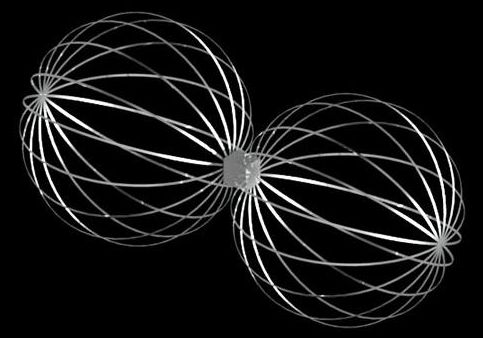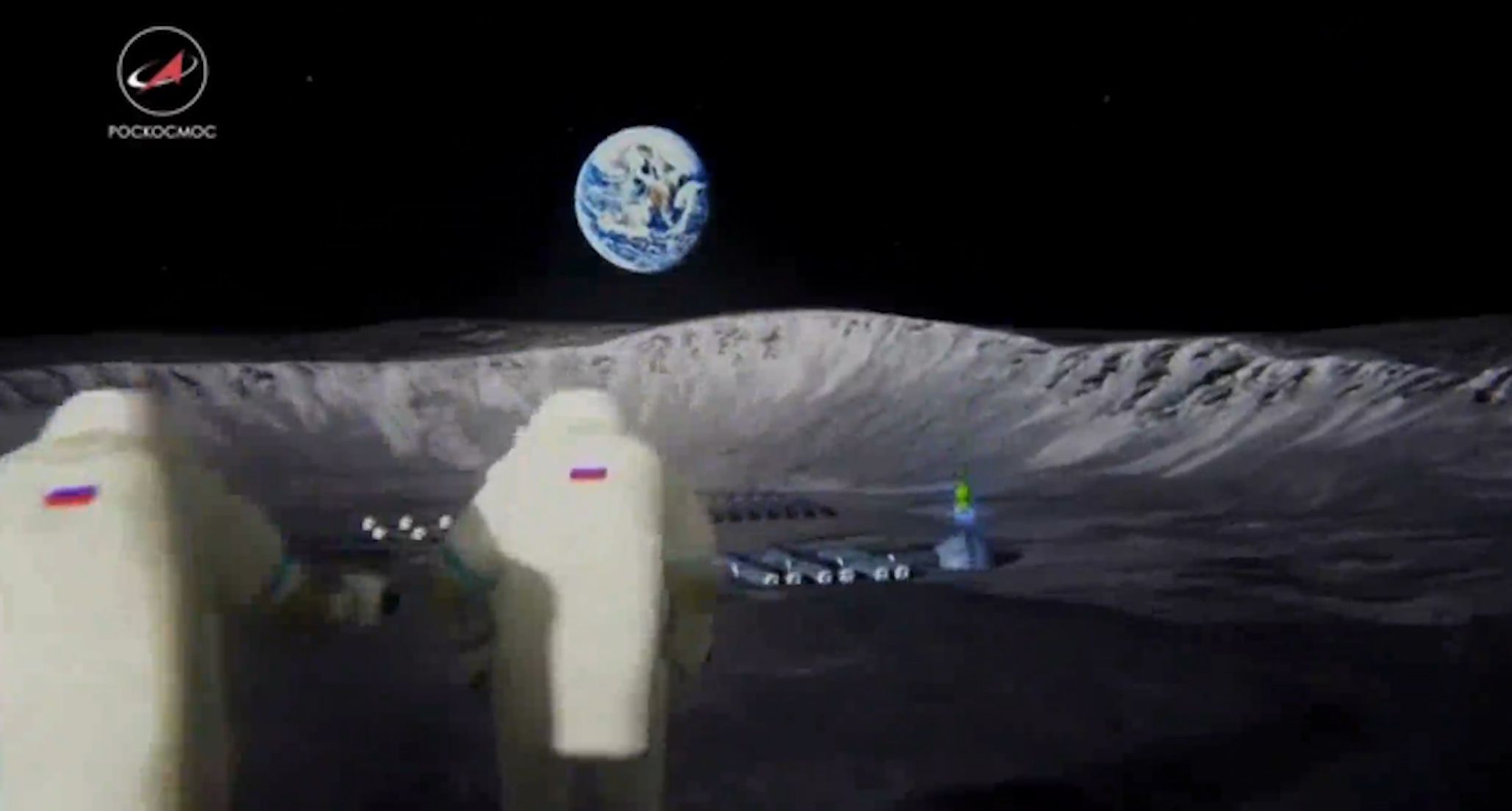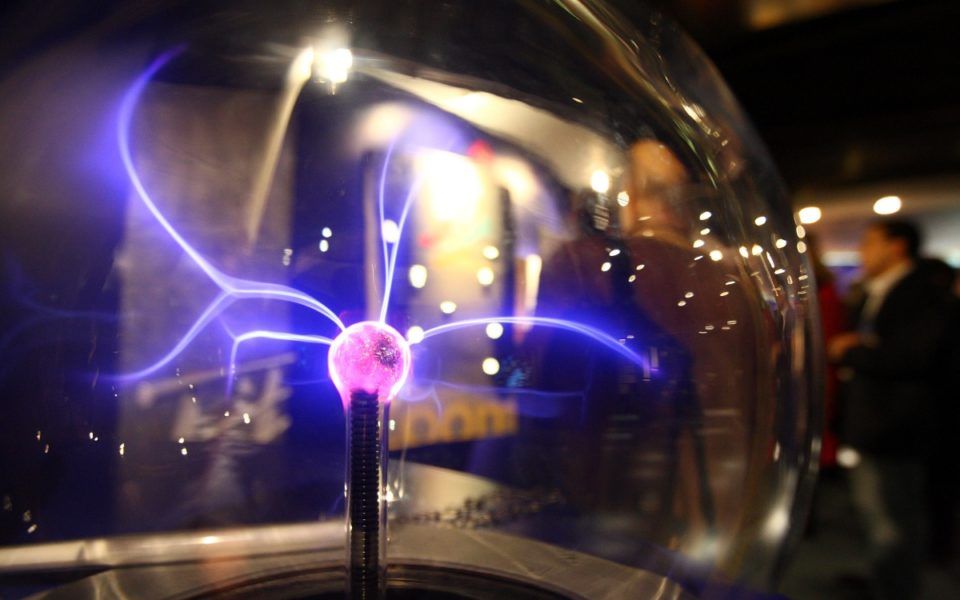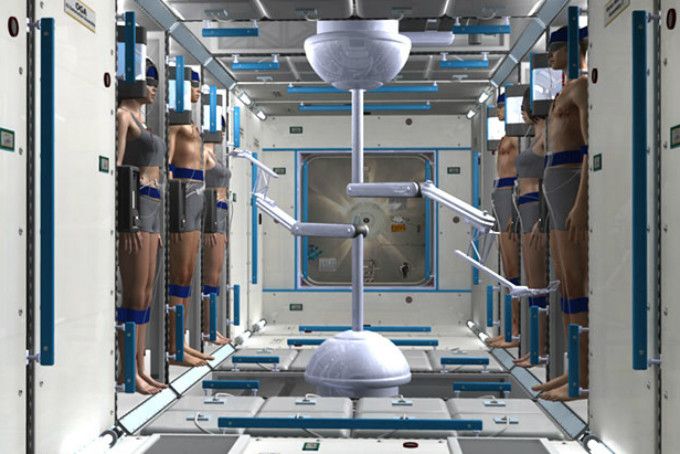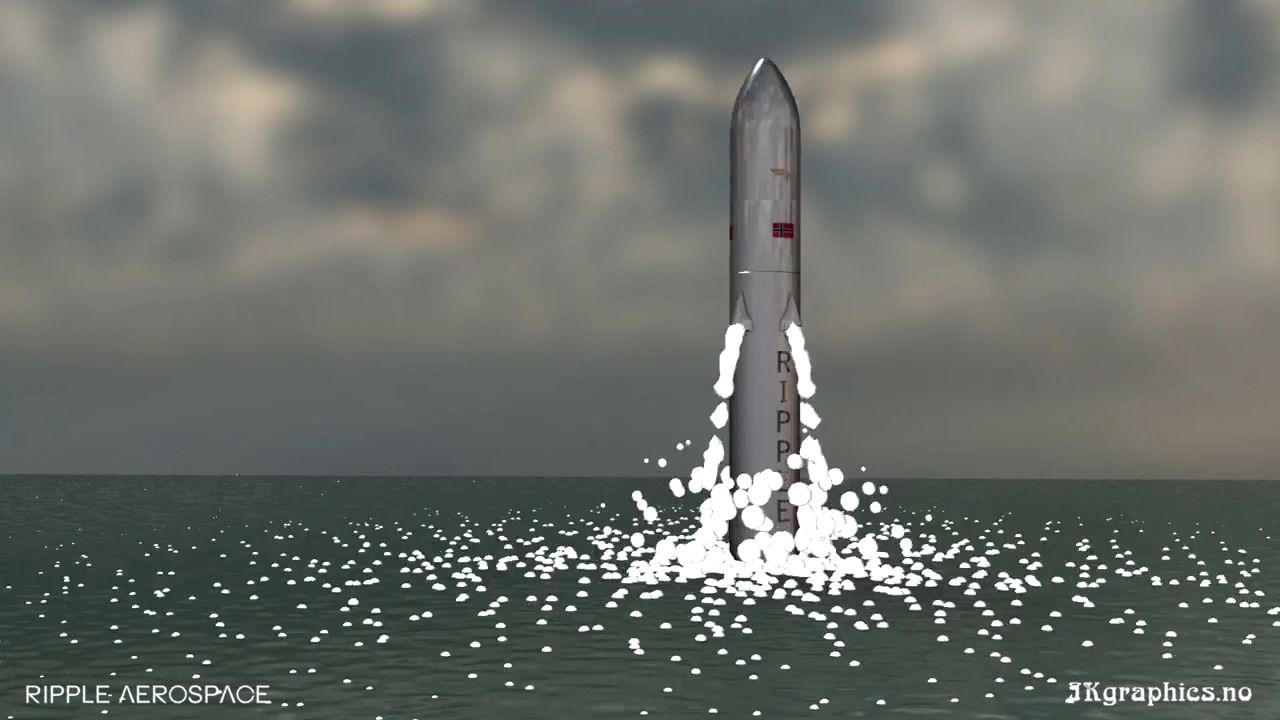Archive for the ‘space travel’ category: Page 453
Sep 22, 2016
Mach Effect Propulsion Theory Updates
Posted by Klaus Baldauf in categories: information science, particle physics, space travel
Theory of a mach effect thruster I
The Mach Effect Thruster (MET) is a propellant—less space drive which uses Mach’s principle to produce thrust in an accelerating material which is undergoing mass—energy fluctuations. Mach’s principle is a statement that the inertia of a body is the result of the gravitational interaction of the body with the rest of the mass-energy in the universe. The MET device uses electric power of 100 — 200 Watts to operate. The thrust produced by these devices, at the present time, are small on the order of a few micro-Newtons. Researchers give a physical description of the MET device and apparatus for measuring thrusts. Next they explain the basic theory behind the device which involves gravitation and advanced waves to incorporate instantaneous action at a distance. The advanced wave concept is a means to conserve momentum of the system with the universe. There is no momentun violation in this theory. We briefly review absorber theory by summarizing Dirac, Wheeler-Feynman and Hoyle-Narlikar (HN). They show how Woodward’s mass fluctuation formula can be derived from first principles using the HN-theory which is a fully Machian version of Einstein’s relativity. HN-theory reduces to Einstein’s field equations in the limit of smooth fluid distribution of matter and a simple coordinate transformation.
It is shown that if Mach’s Principle is taken seriously, and the inertia of a body can be described as the interaction of the body with the rest of the universe, then the advanced and retarded fields transmitted between the particle and the universe can be used to explain the thrust observed in the Mach Effect drive experiments. This idea was originally put forward by one of the authors, James Woodward. The idea of inertia being a gravitational effect was first postulated by Einstein. In fact Mach’s principle was the foundation on which Einstein’s general relativity was based.
Want to immigrate? Why not to Russian Space Settlement.
Roscosmos has revealed plans to send a manned mission to the moon between 2025 and 2045 – some 60 years after Neil Armstrong’s Apollo mission ended the space race between the US and Soviet Russia.
Russian Academy of Cosmonautics member Yury Karash previously said: “Back in the 1960s the Soviet Union was competing head-to-head with the United States.
Sep 20, 2016
Russia begins moon landing trials as Moscow ‘plans large lunar settlement’ by 2045
Posted by Dan Kummer in category: space travel
RUSSIAN scientists have taken one small step back in time by using a communist-era gravity machine ahead of their planned mission to the moon.
Putin’s boffins are using the 1970s Selen technology to discover how easy it would be for their cosmonauts to walk on the lunar surface and get out of a rover vehicle.
Sep 19, 2016
How Fungus And Synthetic Biology Could Save Astronauts On Mars
Posted by Karen Hurst in categories: bioengineering, biotech/medical, food, space travel
Clay Wang brought his kids to the California Space Center a few years ago to show them the Space Shuttle. But as he looked up at Endeavour and pondered human space exploration, the pharmacologist wondered, “What if a crew runs out of medicine halfway to Mars?”
A lot of things can go wrong during a three-year mission to Mars, and there’s only so much medicine you can pack. “For food you can predict exactly how much the astronauts will need to eat,” says Wang. “Medicine you can’t predict.”
What if they develop a sudden need for a drug that wasn’t packed? Compounding the problem is the fact that the space environment seems to make many drugs lose potency and degrade more quickly compared to drugs on Earth.
Sep 19, 2016
Science breakthrough – light particles teleported across cities
Posted by Karen Hurst in categories: particle physics, quantum physics, science, space travel
Scientists have shown they can teleport matter across a city, a development that has been hailed as “a technological breakthrough”.
However, do not expect to see something akin to the Star Trek crew beaming from the planet’s surface to the Starship Enterprise.
Instead, in the two studies, published today in Nature Photonics, separate research groups have used quantum teleportation to send photons to new locations using fibre-optic communications networks in the cities of Hefei in China and Calgary in Canada.
Continue reading “Science breakthrough – light particles teleported across cities” »
Sep 18, 2016
Elon Musk: These Are the 5 Most Important Problems We Need to Solve
Posted by Elmar Arunov in categories: Elon Musk, genetics, physics, robotics/AI, space travel
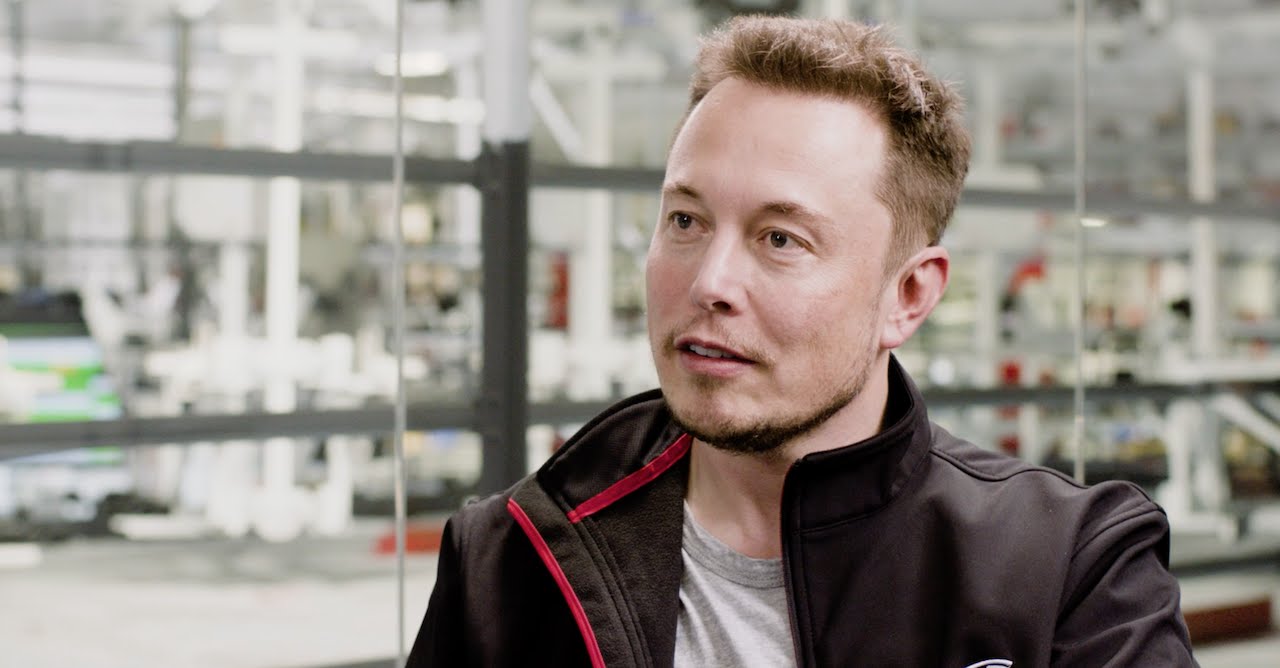
In a new interview, Elon Musk identifies genetics, AI, and brain bandwidth as three areas in which today’s youth can have the biggest impact on the future. However, he doesn’t think an idea needs to be revolutionary to be worthwhile.
While many 2o-something-year-olds are just finding their way in the world, young Elon Musk was already looking for ways to change it way back in 1995 (when he was that age).
Continue reading “Elon Musk: These Are the 5 Most Important Problems We Need to Solve” »
Sep 18, 2016
Space travel in stasis is coming sooner than you think
Posted by Klaus Baldauf in category: space travel
SpaceWorks and NASA have teamed up to develop a way to induce a state of stasis for astronauts on long space travel missions.
